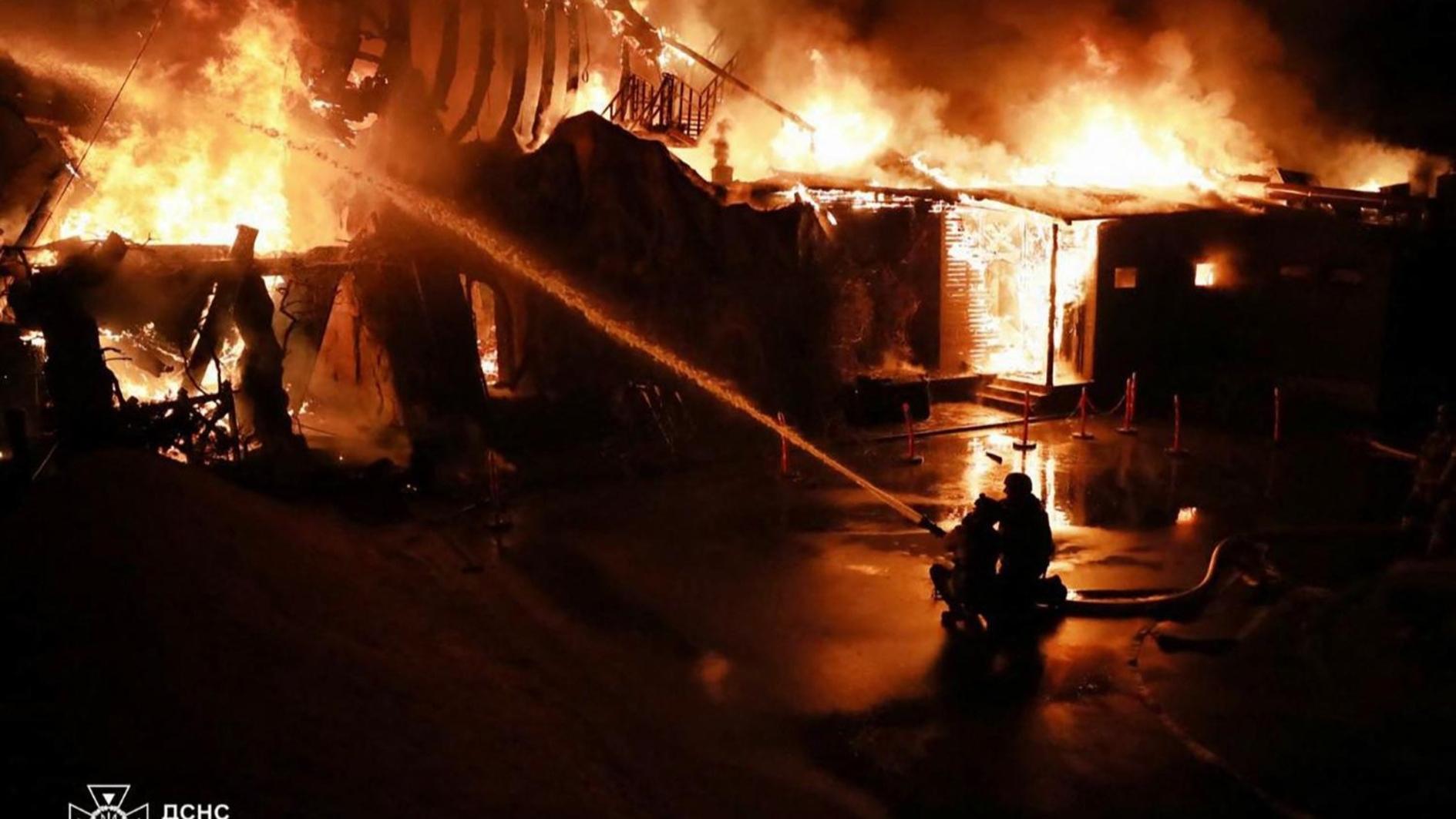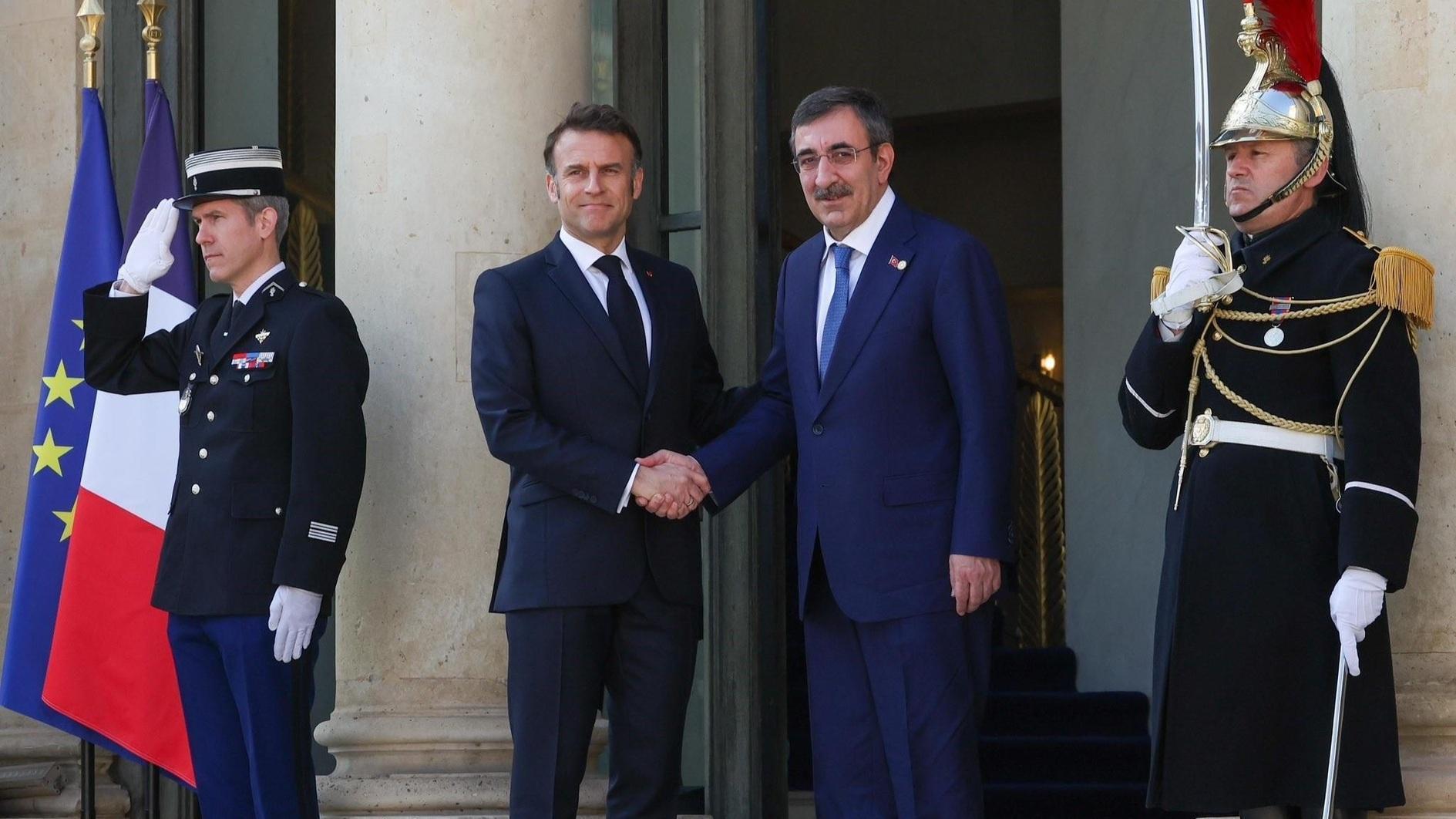Listening to the future of California on Central Valley radio
DAVID JUDSON LINDEN, Calif
One could read too much into the spectrum of music on the FM dial as one drives south down the 350 miles or so of California’s sprawling Central Valley, past those names inscribed in hardscrabble lore: Stockton, Modesto, Madera, Fresno and Bakersfield.This stretch of sometimes dusty farm towns and hard-edged, violent cities is the heartland of the state, the basin below the Sierra yielding the water, the food and the early drafts of each chapter in California’s ever-changing story.
But I still, in reporter speak, “scoped the dial.” Rolling through the channels, I found myself listening to the region where I worked as a farm reporter for seven years or so on the radio. With one eye on the rearview mirror watching for cops, I shot down Interstate 5, the Valley’s great concrete motorway completed in the 1970s. I was in a hurry.
Only two types of stations today have music with California’s eternal sense of optimism, passion and embrace of tomorrow: the rapidly expanding Spanish-language channels and the evangelical Christian broadcasters.
In my day, the Spanish spectrum was pretty much confined to what we called “Rancheria” music: soap operas set to a beat. Today there is rap and hip-hop and what sounds to my ear as indie, along with pop to rival Turkey’s Tarkan. Bumping into a channel I thought was playing Sheryl Crow, I listened to the lyrics. No Sheryl. This was of God and Jesus. The disc jockey came on between tracks to warn: “We live in an age that is a fashion show for evil.” I may not be a churchgoer, but the DJ called that right.
Before coming for dinner with my old buddy Gary Brown and his family on his cherry farm here in Linden, I stopped in Lodi. This is a town best known globally for its Robert Mondavi Winery, but by my memory a bastion of Anglo-California. I met up in Lodi with Mike Bohl, my first newspaper publisher at a chain of weeklies to the east. We had not seen one another in 30 years. Mike, wisely, has moved on from newspapering to investments in real estate and small businesses.
“The Hispanics are being more subtle about their re-conquest of California than we were when we just grabbed it,” Mike said, reflecting on the doctrine of “Manifest Destiny” that seized the region from Mexico in 1849. “They are growing to dominate the state and we’re really not in the Western United States anymore. I may not live to see it, but California is soon to become northern Mexico.”
Back in the car, the radio dial seems to confirm his instinct. The old Anglo stations I remember have not updated. Steely Dan is everywhere. Even the Beach Boys and a bit of Janis Joplin. It’s fine for my nostalgia, but a sad reminder of how many people here are so focused on the past, yearning for a place fast fading.
The Central Valley has always been a God-fearing patch. But one senses the rise in religiosity is not just on the radio. Much is changing in California, and my list of changes includes a return of the state’s Latino prominence and the ascendency of serious faith.
Palo Alto’s technology hub will endure in the north. So will Pasadena’s old money in the south. But my hunch, just based on the radio dial, is the future here will look like the Central Valley.










